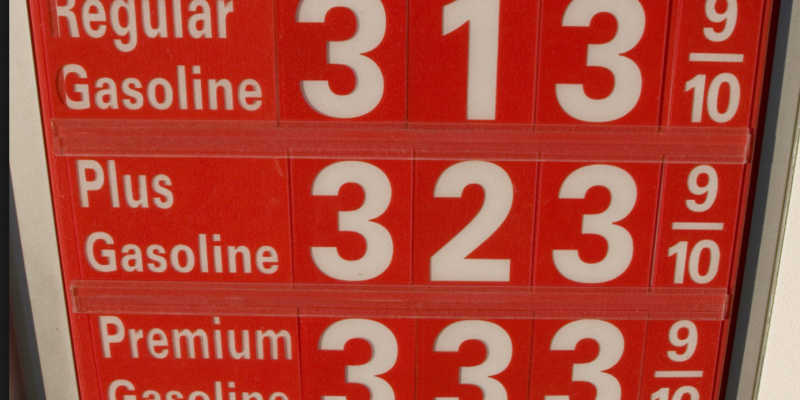As the calendar turns to May and the summer driving season approaches, the rise in gas prices across the country shows no sign of slowing.
For eight consecutive weeks, gas price increases fluctuated between five and 25 cents, according to the American Automobile Association (AAA). The national average in April was 23 cents higher than March and eight cents more than at the same time last year.
“On the week, 30 states saw pump price increases or decreases of three cents or less, which helped keep the national average relatively steady, but motorists shouldn’t get their hopes up just yet,” AAA spokeswoman Jeanette Casselano said in a news release.
“Gasoline stocks nationwide continue to tighten, measuring below levels compared to the same time in the past three years,” Casselano said. “While imports are helping and West Coast refinery maintenance is nearly finished for the time being, it’s too early to know if this is enough to keep state averages from leveling off just yet.”
Total domestic stocks of gasoline fell by 2.2 million barrels to 225.8 million barrels in the third week of April, according to the report – 11 million barrels lower than the total level held during the same week last year.
Gasoline costs are the highest on the West Coast. The ten most expensive states to buy gas are California ($4.08 a gallon), Hawaii ($3.62), Washington ($3.51), Nevada ($3.43), Oregon ($3.40), Alaska ($3.36) and Arizona ($3.12).
According to a survey by gasbuddy.com, prices in Nevada varied by 10 cents to 36 cents. On the same day, gas prices ranged from $2.99 to $3.09 in Pahrump; from $3.01 to $3.37 in Las Vegas, from $3.21 to $3.49 in Tonopah, and from $3.23 to $3.35 in Beatty.
At one point after April 1, the average price of gasoline in Nevada increased by 28 cents a gallon. In one week, gasoline prices increased 18 cents a gallon, making the statewide average regular unleaded fuel price of $3.26 per gallon the fourth-highest in the U.S. at the time. The same week the national average was $2.83, AAA reports.
“With the rising gas prices in California, we, unfortunately, see the residuals because we get most of our gas here in Las Vegas from the California area,” AAA spokesman Sergio Avila said in a statement. “So that’s part of it, but there’s also been some routine and some not-so-routine maintenance happening in refineries in California. That has dwindled down the supply to where we have a lot more demand.”
The ten least expensive states are Alabama ($2.50), Mississippi ($2.51), Louisiana ($2.53), South Carolina ($2.53), Arkansas ($2.53), Texas ($2.57), Oklahoma ($2.59), Missouri ($2.59), Virginia ($2.60) and Tennessee ($2.60).
Motorists should expect increased gas prices as demand remains strong and supplies decrease, AAA reports. Additionally, crude prices have increased because of a production agreement between the U.S. and OPEC and its partners. The agreement calls for a 1.2 million barrel per day production reduction and stricter enforcement of OPEC’s crude export sanctions on Iran. All of these factors combined point to increased gasoline prices this summer, AAA notes.
This article was first published on Watchdog.org.
Advertisement
Advertisement

